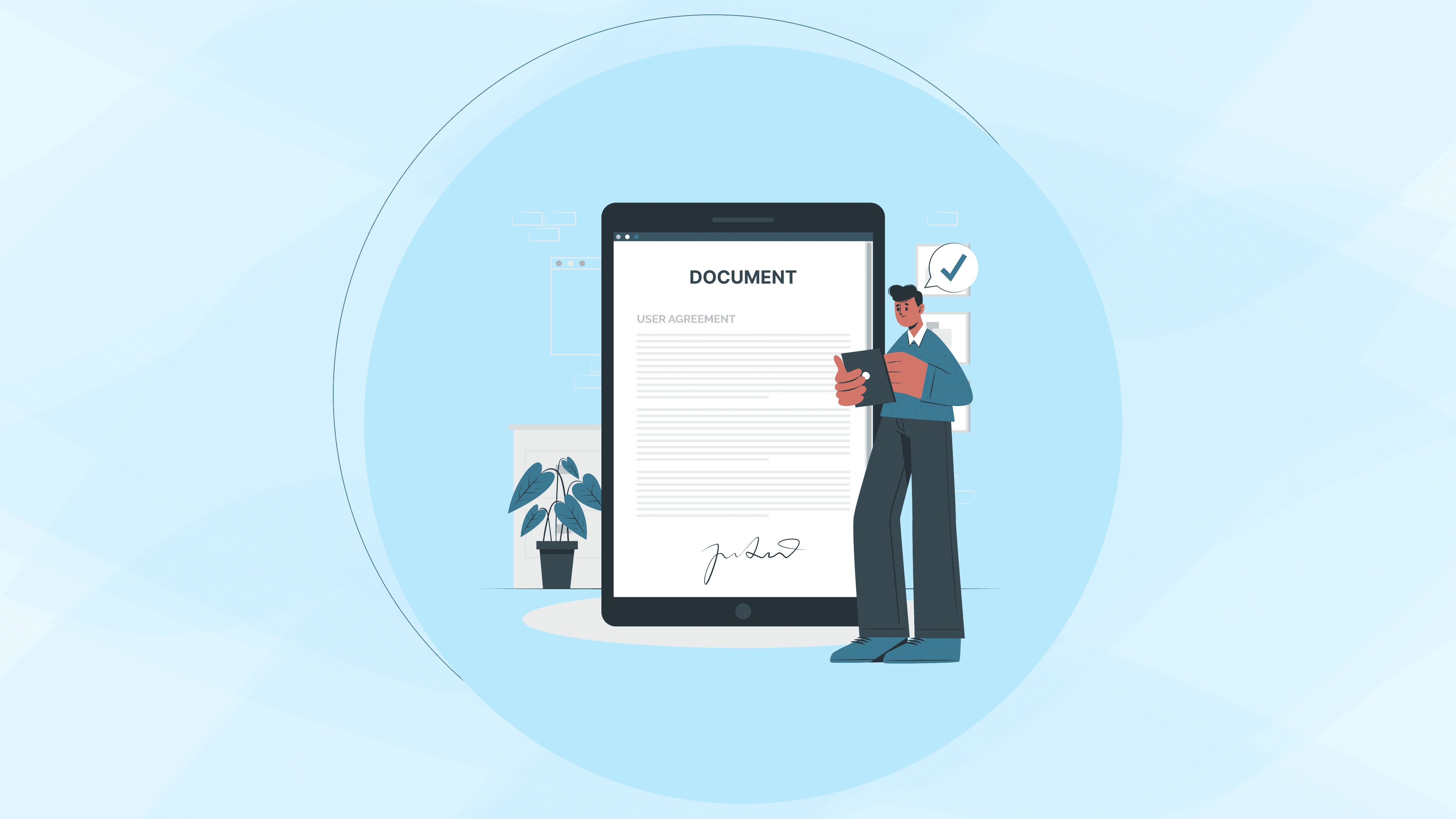Blockchain technology has emerged as a revolutionary innovation, significantly impacting various sectors with its secure and decentralized storage capabilities powered by Web3 technology. In the realm of digital credentials, blockchain is transforming traditional methods, where issuing certificates and credentials often required physical effort and paperwork.
In this article, we will explore the profound impact of blockchain technology on digital credentials and how it is revolutionizing the education sector with its advanced capabilities.
What is Blockchain Technology?
Blockchain is a type of distributed ledger technology (DLT) that records transactions across multiple nodes in a decentralized network. Its fundamental attributes—immutability, transparency, and decentralization—make it particularly suitable for industries where trust and security are critical.
The Role of Blockchain in Digital Credentials
Blockchain plays a crucial role in digital credentials by providing secure and transparent digital information with tamper-proof and immutable records. Built on Web3 technologies, it offers a secure and decentralized infrastructure for digital credentials. This makes blockchain the backbone of digital credential systems, ensuring reliability and trustworthiness.
The integration of blockchain in digital credentials eliminates the need for physical paperwork and manual verification, reducing the risk of fraud and enhancing efficiency. Its decentralized nature allows educational institutions, employers, and individuals to access and verify credentials seamlessly, fostering a new level of trust and transparency in the credentialing process.
With blockchain technology, the education sector is undergoing a transformative shift, paving the way for a future where credentials are more secure, accessible, and verifiable than ever before.
In conclusion, blockchain technology is reshaping the landscape of digital credentials, revolutionizing the traditional approach, and setting new standards for security and transparency.
How TruScholar Leverages Blockchain for Digital Credentialing
TruScholar is at the forefront of blockchain-based credentialing solutions. By integrating blockchain technology into its platform, TruScholar addresses the shortcomings of traditional credentialing systems and sets new benchmarks for security, scalability, and usability.
Key Features of TruScholar:
Secure and Tamper-Proof Credentials: TruScholar uses blockchain to issue credentials that cannot be altered or falsified, ensuring their authenticity.
Real-Time Verification: Employers, institutions, and other stakeholders can instantly verify credentials via the blockchain, eliminating manual processes.
Decentralized Storage: TruScholar adopts decentralized systems, safeguarding credentials from single-point failures and unauthorized access.
Interoperability: TruScholar credentials can be shared and verified across borders and systems, enabling a global ecosystem of trust.
Data Privacy and Ownership: TruScholar empowers users with control over their data, ensuring compliance with regulations like GDPR and maintaining user trust.
Advantages of Blockchain Technology in Digital Credentials
Enhanced Data Security
Blockchain ensures that digital credentials are stored securely through advanced encryption techniques. The immutability of blockchain prevents unauthorized alterations or tampering, providing a highly secure environment for sensitive data.Transparency
Every transaction or update on the blockchain is recorded on a distributed ledger, which is accessible to authorized users. This transparency builds trust among stakeholders, as the credentials can be verified easily without the risk of forgery.Decentralization
Blockchain operates on a decentralized network, eliminating the need for a central authority. This decentralization reduces dependency on intermediaries and minimizes the risk of single points of failure, ensuring seamless operations.User Ownership
With blockchain, users have full control over their digital credentials. They can manage, share, and verify their records without relying on third parties, empowering individuals with ownership and accessibility.Interoperability
Blockchain’s standardized framework enables seamless integration across different platforms and institutions. This interoperability ensures that digital credentials can be accessed and verified universally, breaking down barriers in global education and employment.
How is Blockchain Technology Used in Digital Credentials?
Blockchain technology is revolutionizing digital credentials by addressing the limitations of traditional credentialing systems. Here’s how it is utilized in this domain:
Issuing and Storing Credentials
Educational institutions, organizations, and certification bodies issue digital credentials directly on a blockchain network. These credentials are stored as immutable records, ensuring they cannot be altered or tampered with.Verification of Credentials
Blockchain enables instant and secure verification of credentials. Employers or other stakeholders can verify the authenticity of a credential by accessing the blockchain, eliminating the need for time-consuming manual verification processes.Decentralized Record Management
Unlike traditional systems that rely on centralized databases, blockchain ensures that credentials are distributed across a decentralized network. This approach enhances security and prevents the loss of records due to system failures or breaches.Smart Contracts for Automation
Smart contracts, a feature of blockchain technology, automate various processes, such as credential issuance and verification. They ensure that the predefined conditions for issuing or verifying a credential are met without manual intervention.Portability and Accessibility
Digital credentials stored on the blockchain are easily accessible to users, who can share them with stakeholders worldwide. This portability ensures that credentials are not tied to specific institutions or systems, promoting global recognition.Fraud Prevention
Blockchain’s immutable nature makes it virtually impossible to forge or duplicate credentials, significantly reducing credential fraud. This ensures the trustworthiness of the credentials issued.
Schedule your Free Demo
Fuel Your Organization’s Growth with the Future of Digital Credentials




